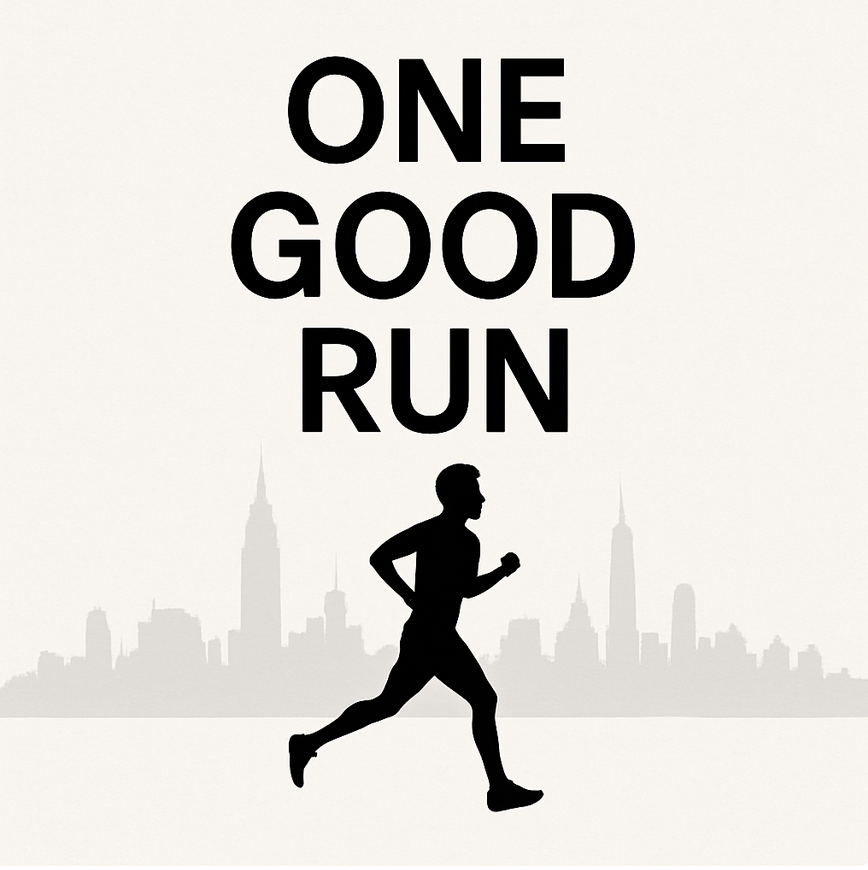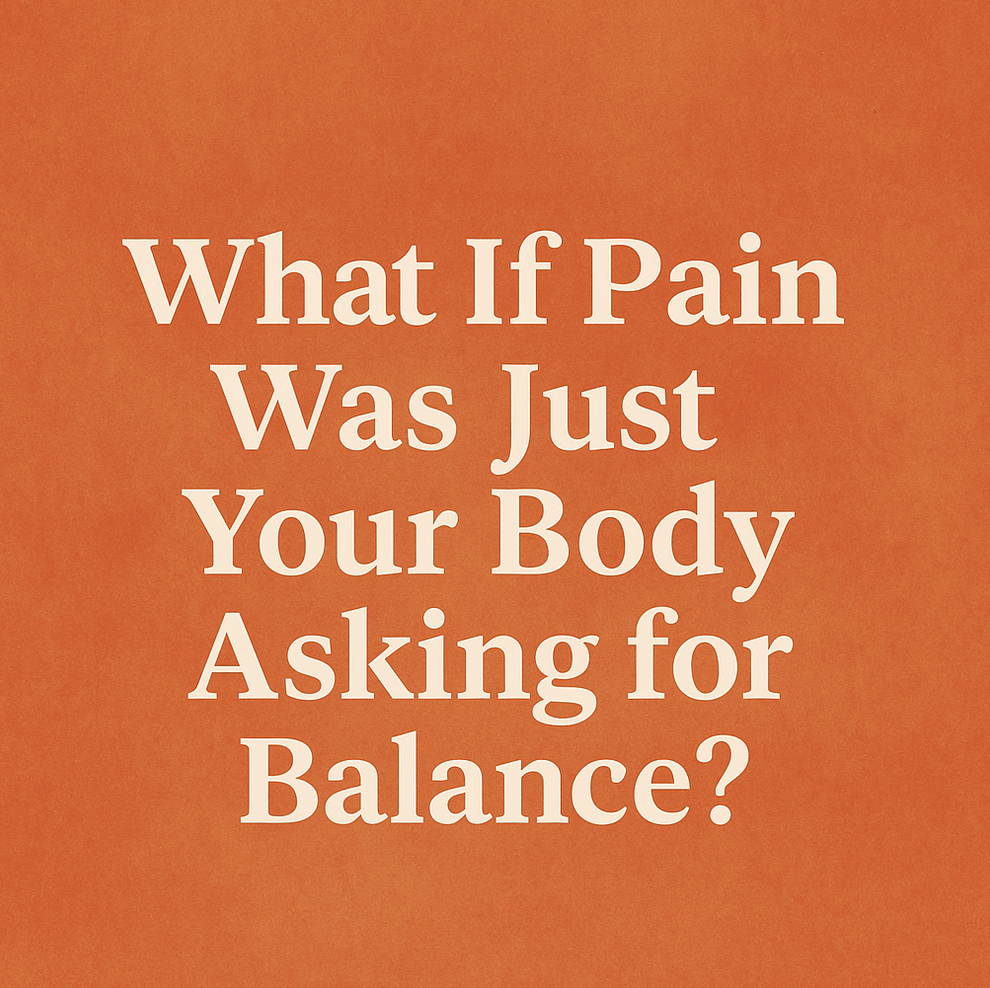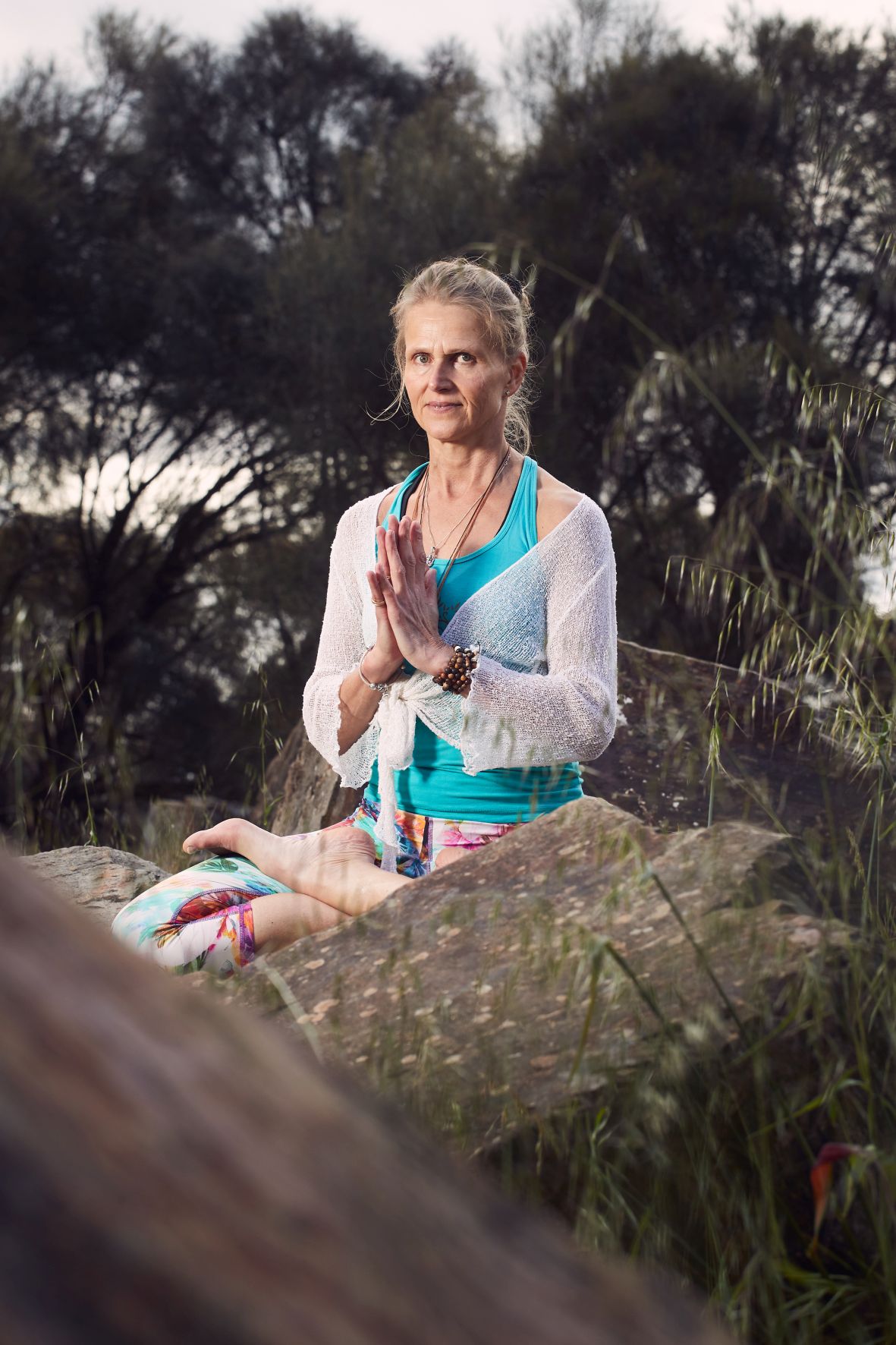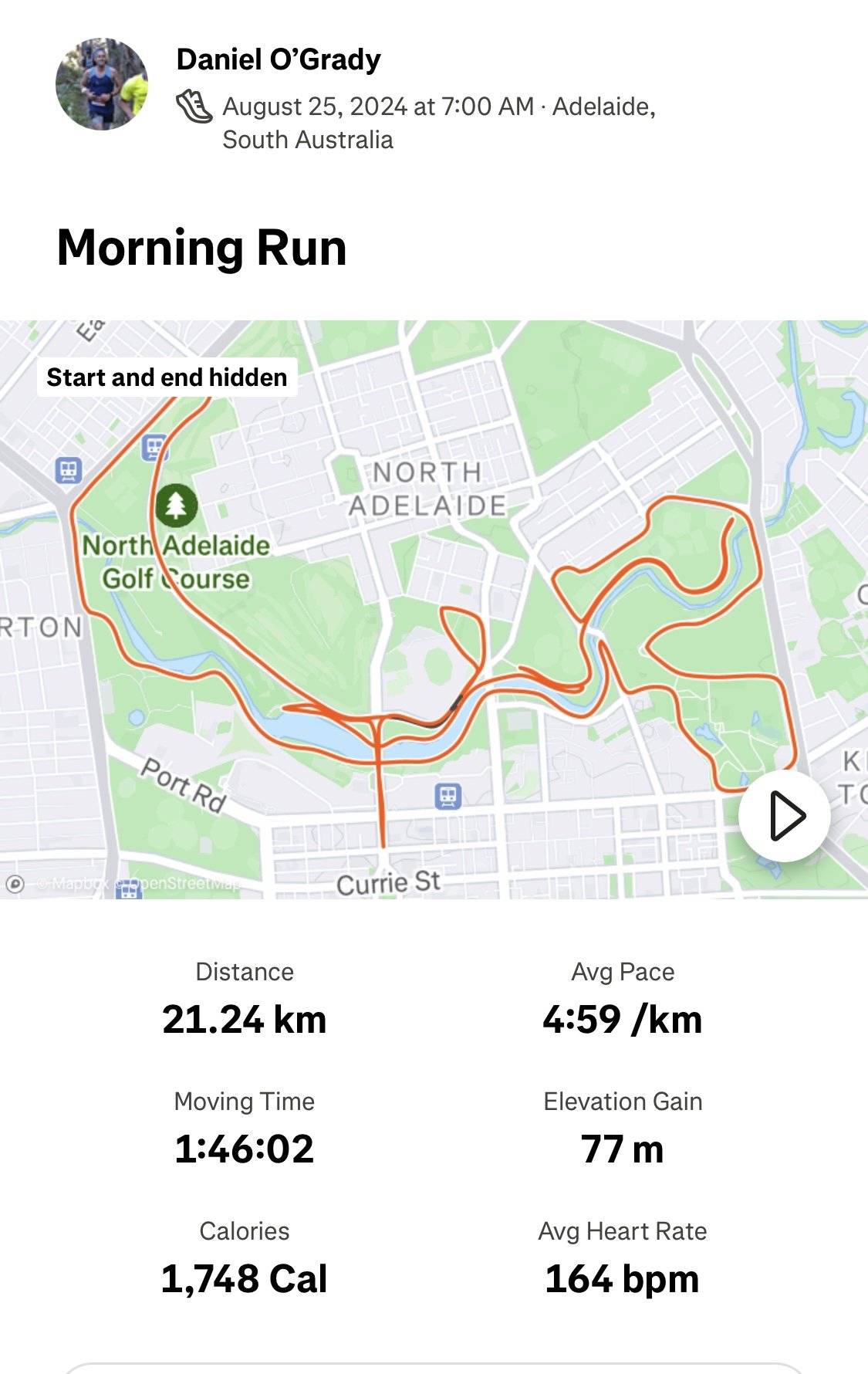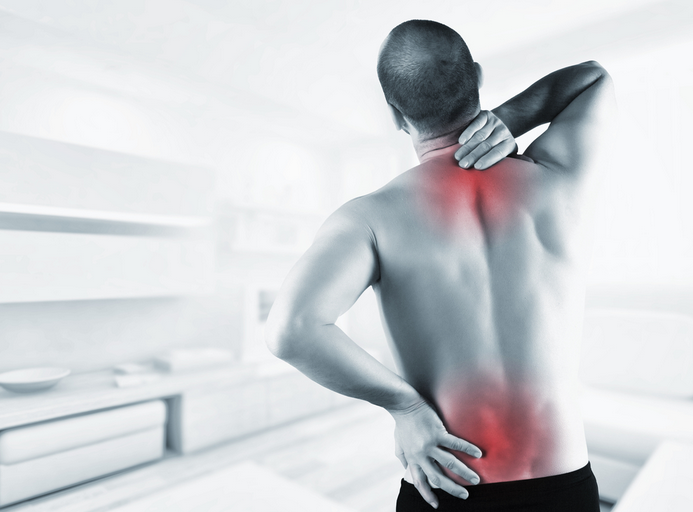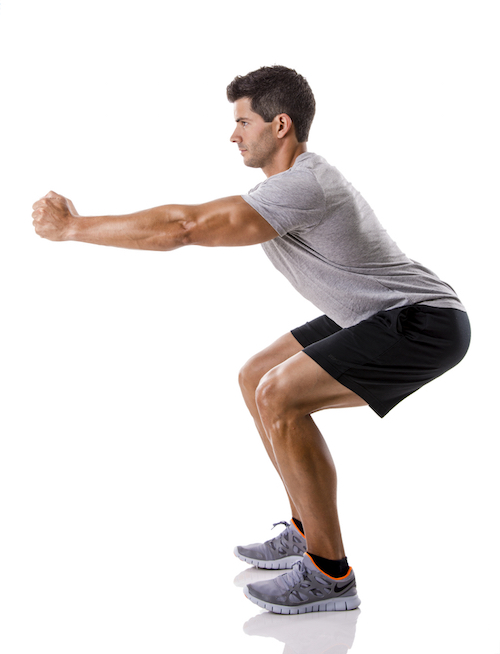What are the lats?
If you’ve ever experienced ongoing upper back or neck pain / stiffness there’s a fairly chance you’ve had some issues with your lats.
The lats are the biggest (and most interesting) muscle in the upper body, as they have attachments to the upper and lower back, the front of the shoulder and have nerve supply from the neck, so they have a huge influence on your overall posture and spinal movement.
The anatomy of the Lats - they are like the ‘wings’ of our body
What are the symptoms of tight lats?
Surprisingly, tight lats can contribute to poor posture, as they connect your upper back to the front of your shoulder, causing you to adopt a rounded shoulders position.
Often we think of needing to strengthen the lats for good posture, but they can actually pull the shoulders too far down and rotate them forward when imbalanced.
When overly tight, the lats produce pain in the mid-upper back between the shoulder blades.
The pain can be felt as an constant, annoying ongoing upper back ache, that in generally unresponsive to stretching or change of position.
The pain doesn’t normally kick in until the there is significant tightness in the lat muscle, that generally has built up over many months or years, due to repetitive movement patterns or poor posture.
The person with ongoing upper back or neck pain often has tried various unsuccessful treatment methods applied directly to the area of referred pain rather than to its source (in the muscle itself).
Referred pain may also extend down the back of the shoulder and down the inside of the arm (see picture above).
How the lats get tight:
poor posture (sitting or driving a lot)
going too hard at the gym e.g. lat pull down machine, chin ups
over many years of swimming , pulling through the water in freestyle
rock-climbing
gardening - pressing down to twist out weeds
cycling - gripping on too tightly on the handlebars
driving a car with no power steering
wearing tight bras that compress over the muscle
repetitively pulling down with the hands from overhead position
Tight lats - quick assessment:
An assessment from an experienced Physiotherapist would be the most reliable to determine if you have over-active lat muscles.
A quick test you can do yourself is a squat with your arms overhead. Try and squat as deep as you can, keeping your heels on the ground. If you can keep your arms upright your lats are probably ok (pic a), but if they drop forward or your feel stiffness in your back (pic b), you most likely have a lat issue.
Pic a = Good squat - arms stay upright and parallel with shins
Pic b = Tight lats and upper back - unable to keep arms upright in line with shins
How Physiotherapy Can Help:
perform a movement screening to identify the contributing factors
perform dry needling to the lat muscles to provide a fast, effective release
provided a personalised exercise program to maintain mobility and balance in the muscles
Stretches to help keep your lats mobile:
Lats stretch
Sit your hips back towards your ankles with your arms on the roller. Breathe in through the nose and expand the lower ribs. As you breathe out, gently sit the hips back further and lengthen the arms away. You should feel a nice stretch though the back of the shoulders and lower back.
Try 30 seconds straight ahead and then 30 seconds on each side. To stretch the left side. push the hips back to the left with the arms on the right side of the foam roller.
Lats Trigger Point Release
Lie on your side and roll up and down along the outer part of your shoulder blade. If you feel a sensitive spot, breathe and hold the pressure for around 30-60 seconds until the trigger point releases.
Tips to keep your lats working well:
gradually increase your weights at the gym, don’t try and do too much too soon
if you are a swimmer, incorporate regular stretching to maintain the flexibility
if you are an office worker, try a standing stretch by reaching up to the ceiling and bending to the side (the Merv Hughes Stretch)
If you still experience pain in your lats, shoulder, neck, arms or thoracic spine then come in for an assessment and treatment with your Kinfolk Adelaide Physiotherapist.





















